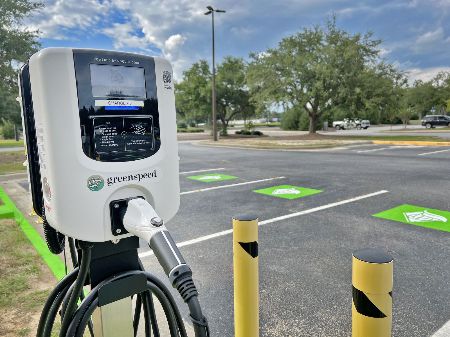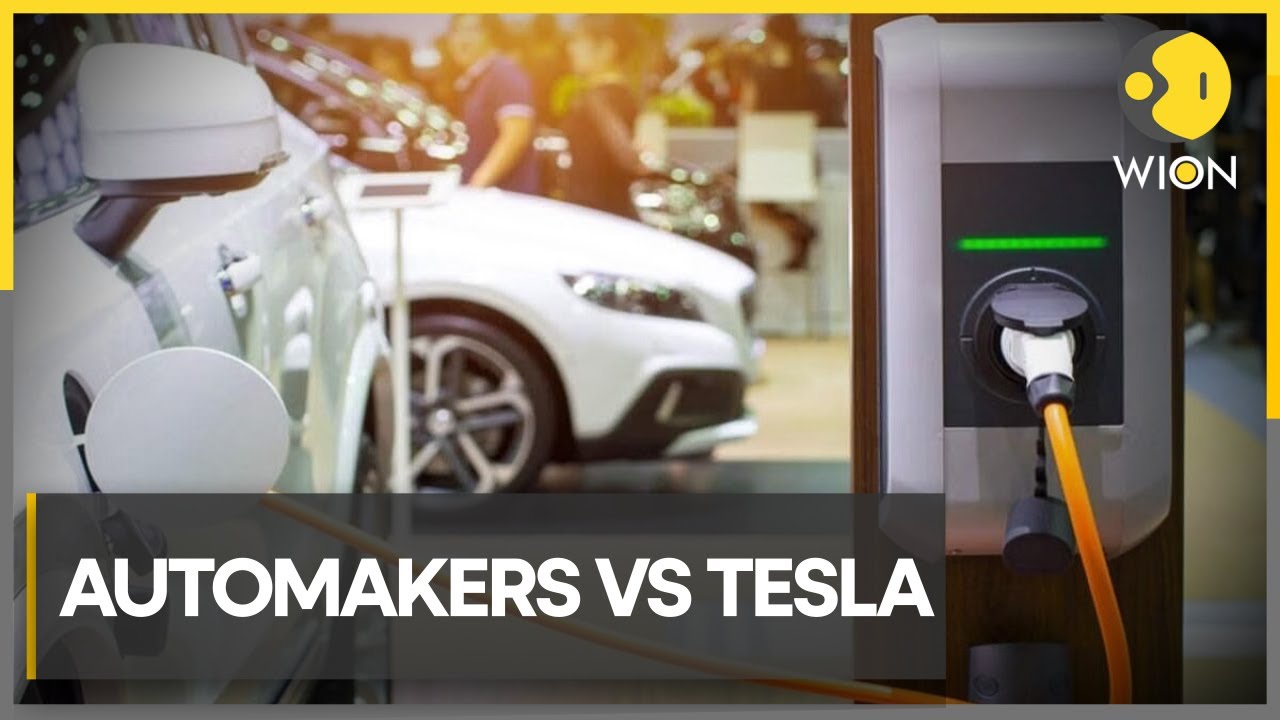Why 2024 Is a Game-Changer for EV Charging: Fads and Insights
As we approach 2024, the electrical lorry (EV) charging landscape is established for considerable makeover, driven by the spreading of ultra-fast charging stations and innovations in wise charging modern technologies. This advancement is underpinned by raising investments from both exclusive and public industries, which assure to ease historical worries such as variety anxiety. The incorporation of renewable power resources along with desirable federal government plans is likely to redefine the sustainability and ease of access of EV facilities. These growths elevate important inquiries regarding the future of EV adoption and the ramifications for markets and consumers alike.

Development of Ultra-Fast Charging Terminals
How rapidly are ultra-fast billing terminals transforming the electric car landscape? The proliferation of ultra-fast charging terminals is an essential development in the EV market, significantly boosting the convenience and feasibility of electric lorry ownership. These terminals, capable of supplying charging quicken to 350 kW, can reenergize an EV's battery to roughly 80% in just 15-30 mins, properly minimizing array anxiousness amongst customers.
The development of ultra-fast charging facilities is being driven by both private and public financial investments, showing a strategic change towards sustainable transport options. Significant auto manufacturers and power firms are working together to install these stations along metropolitan facilities and significant highways, producing a considerable network that supports long-distance travel and everyday usage.
Additionally, innovations in battery innovation are enhancing this growth, permitting cars to make the most of the boosted billing speeds. As the variety of ultra-fast billing terminals continues to climb, they are expected to play a critical role in speeding up EV fostering, fostering a change towards a cleaner and more sustainable future. This growth not just boosts customer experience but also solidifies the viability of electric vehicles as a mainstream transportation alternative.
Breakthroughs in Smart Charging Technology
With the increasing integration of electronic technology in the electrical automobile industry, advancements in smart billing modern technology are dramatically improving the performance and convenience of EV charging. Smart charging systems utilize connectivity and information analytics to enhance the charging procedure, permitting users to charge their cars when power prices are least expensive and require on the grid is very little.

Interoperability is one more important innovation, as brand-new requirements and procedures allow different EV designs and charging stations to communicate perfectly. This enhances user experience by supplying a lot more easily accessible billing options across different networks. Ultimately, the advancement of wise billing modern technology represents a substantial step in the direction of a more straightforward and sustainable EV community, paving the means for broader fostering and integration into daily life.
Combination of Renewable Resource Sources
The combination of sustainable power sources right into EV charging framework is coming to be significantly crucial as the demand for sustainable options grows. This pattern not only helps in reducing the carbon footprint connected with electrical car charging but likewise improves grid strength by promoting decentralized energy manufacturing.
Solar and wind power are at the forefront of this integration, with lots of charging stations now being or incorporating photovoltaic panels integrated in proximity to wind farms. These renewable resources can produce clean electricity, providing a sustainable power supply for EVs. Moreover, developments in energy storage space innovations, such as batteries, assist in the effective storage space of excess energy generated throughout peak manufacturing hours, ensuring that charging stations can operate efficiently even when sustainable generation is reduced.

Development of Charging Framework
As electric car (EV) adoption accelerates, the expansion of charging infrastructure has come to be a critical emphasis for stakeholders across the vehicle and power industries - EV Charging news. The requirement for a easily accessible and robust charging network is vital to sustain the growing number of EVs on the road and to ease variety anxiousness among customers
In 2024, we are witnessing significant financial investments from both public entities and private firms focused on enhancing the billing landscape. This consists of the setup of fast-charging stations along freeways and in city facilities, which can reenergize EVs in a portion of the moment contrasted to traditional chargers. Furthermore, partnerships between automakers and energy suppliers are assisting in the deployment of innovative charging solutions to meet varied customer demands.
In addition, innovations in modern technology are resulting in smarter charging systems that enhance power distribution and decrease costs. The assimilation of these systems is essential for accommodating the expected rise in need as even more consumers shift to electric mobility. The development of billing facilities not only supports the EV market but additionally plays a crucial function in achieving broader sustainability objectives, making it a crucial element in the evolution of transport.
Federal Government Policies and Motivations
Federal government policies and incentives are significantly shaping the landscape of electrical car (EV) fostering and charging framework advancement. Governments globally are acknowledging the urgent demand to shift to cleaner transport options, leading to the execution of various initiatives targeted at accelerating EV fostering. These policies commonly consist of tax obligation credit reports, rebates, and gives for consumers and services that buy electric vehicles and billing stations.
Along with direct economic incentives, lots of governments are developing enthusiastic targets for EV sales and mandating the installation of billing infrastructure in brand-new growths. For instance, numerous countries have actually committed to terminating internal combustion engine automobiles within the following decade, developing a sense of see this here seriousness that drives both customers and manufacturers towards electric choices.
Additionally, public-private collaborations are emerging as an essential component of these efforts, helping with investment in billing networks and making sure extensive gain access to. By straightening governing structures with economic motivations, governments are not just cultivating a favorable setting for EV fostering but also attending to concerns associated with vary anxiousness and billing accessibility. This durable plan landscape is established to make 2024 a pivotal year in the transition to electric mobility.
Conclusion
The year 2024 is established to change the electrical automobile charging landscape through the proliferation of ultra-fast billing terminals, improvements in wise charging technologies, and the integration of eco-friendly energy sources. The growth of charging infrastructure, strengthened by encouraging federal government plans and rewards, will address site link array stress and anxiety and boost the allure of electrical car possession. Jointly, these advancements will certainly promote a accessible and lasting environment for electrical car adoption, guaranteeing a robust future for the sector.
As we come close to 2024, the electrical car (EV) charging landscape is established for significant transformation, driven by the proliferation of ultra-fast charging terminals and improvements in smart billing modern technologies. The spreading of ultra-fast charging stations is a crucial growth in the EV field, substantially boosting the ease and expediency of electrical automobile possession. Wise charging technologies promote remote monitoring and administration, enabling users to set up charging sessions using mobile applications.
Government plans and motivations are progressively forming the landscape of electrical lorry (EV) fostering and charging infrastructure development.The year 2024 is established to change the electric automobile billing landscape with the proliferation of ultra-fast charging stations, innovations in smart charging innovations, and the integration of sustainable power resources.